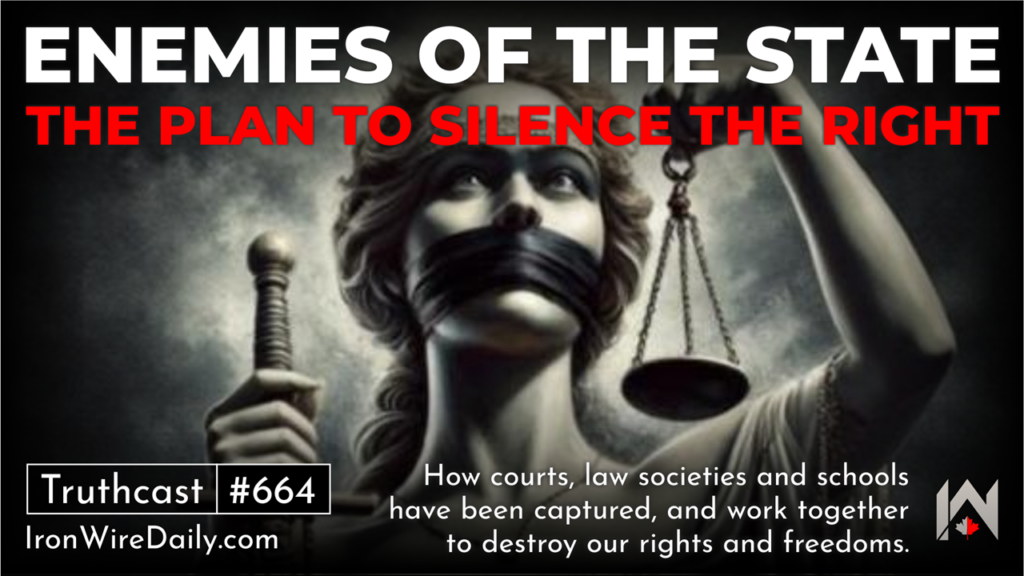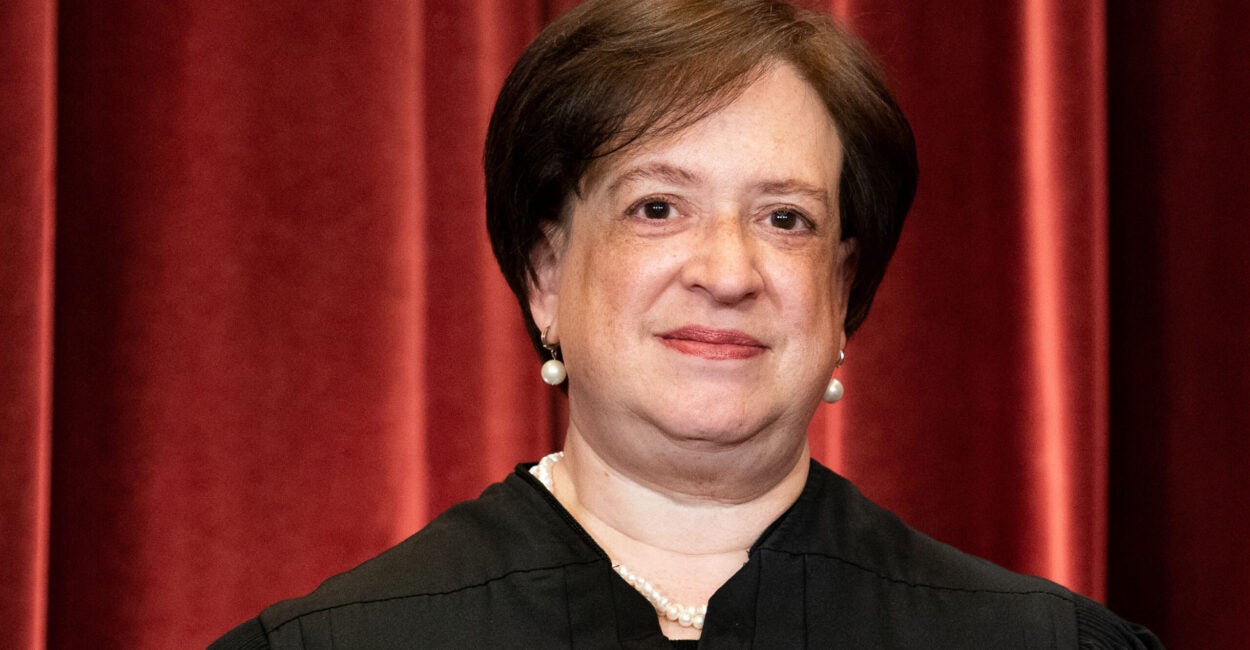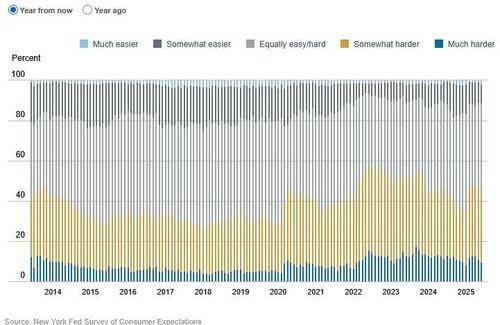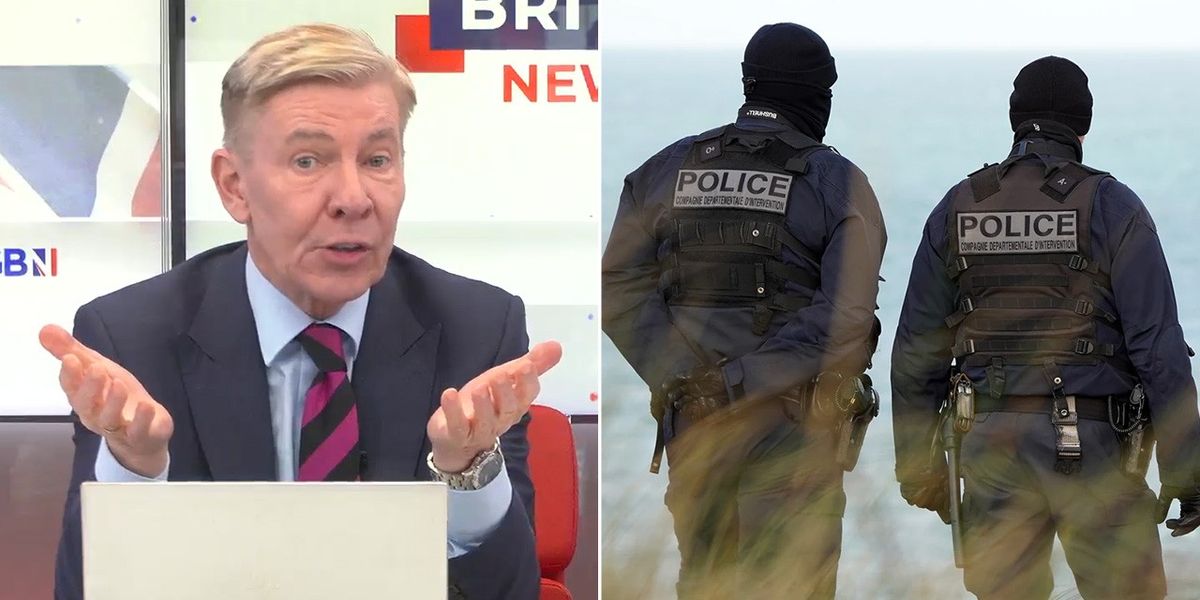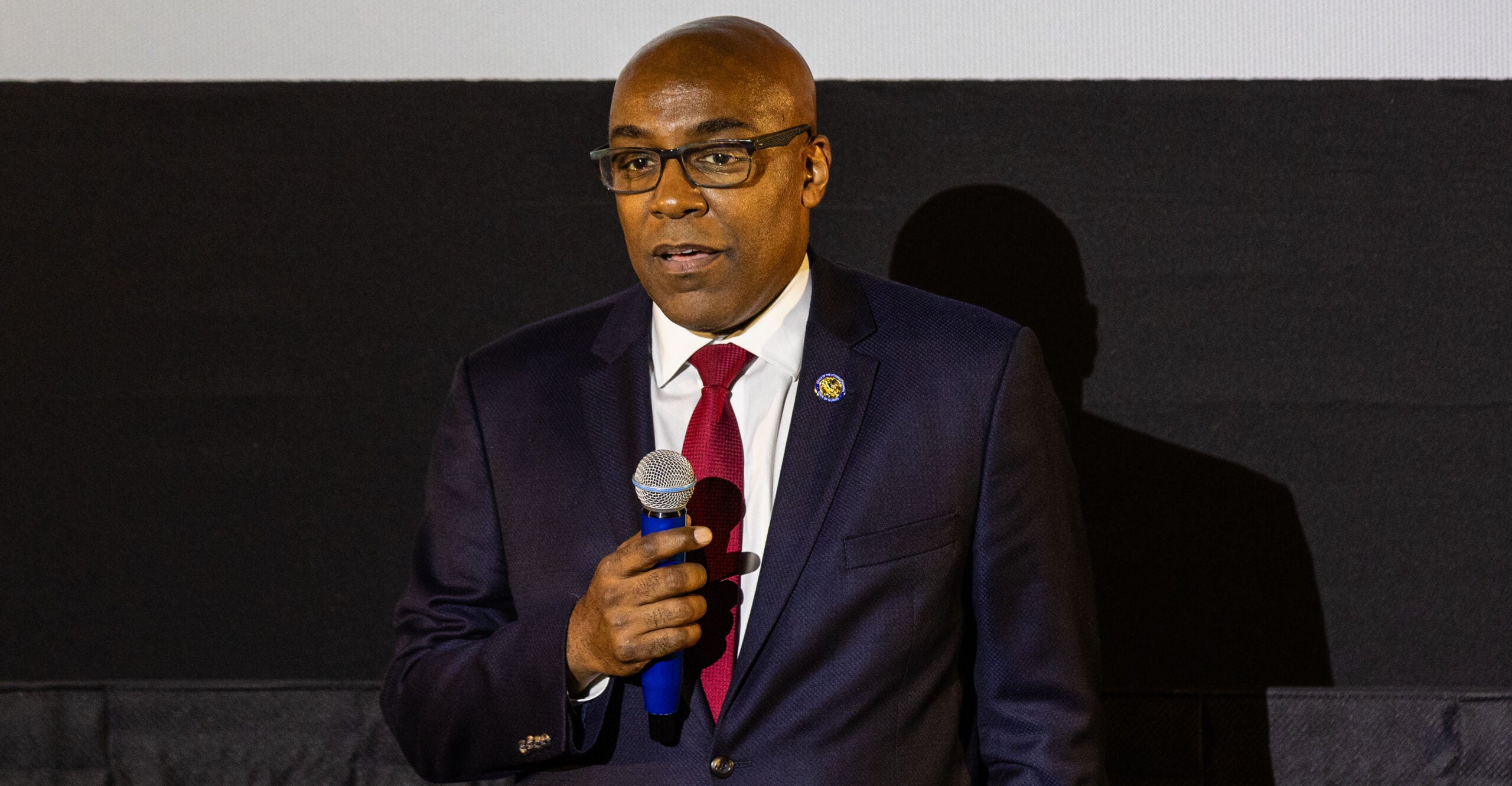London council issued ultimatum over trans colours road crossing – ‘Misuse of public resources’
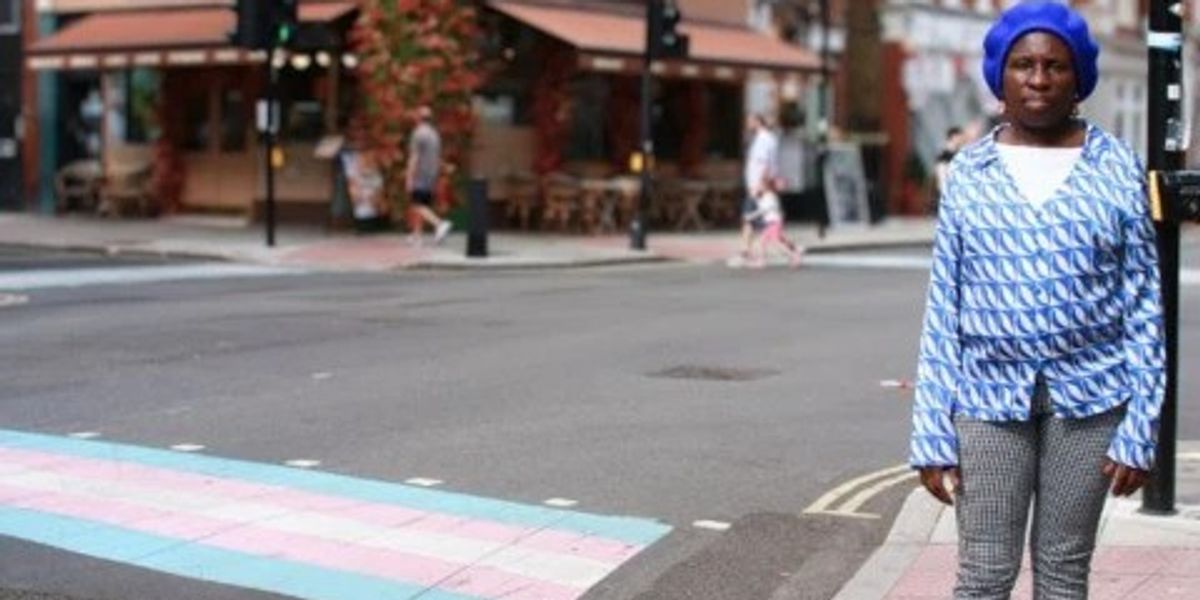
A London council has been threatened with legal action after a woman called for four transgender-marked road crossings to be removed.
Labour-led Camden Council, which commissioned the £10,464 project in November 2021 to mark Transgender Awareness Week, has defended its stance of being an “ally to our trans residents”.
The markings appear at Tavistock Place and Marchmont Street, Bloomsbury in central London.
Camden resident and Christian Peoples Alliance Party member, Blessing Olubanjo, told the BBC she was threatening to bring a legal challenge against the council in what she says is unlawful political messaging and an infringement on her rights as a Christian.
The council defended the crossings, saying they were “a visual statement to help celebrate transgender awareness and act as a reminder of the rich LGBTQ+ history and daily life in the Bloomsbury area and across Camden”.
Olubanjo, an evangelical Christian, said she had already sent a letter to the council, indicating she would start judicial review proceedings if the road crossings remained in place.
The review would determine whether the council followed the correct legal procedures and acted within its powers.
However, Camden Council told the BBC it had received the letter and it “entirely rejects” the arguments made by Olubanjo.
Christian Blessing Olubanjo claims the crossings infringe on her religious rights
CHRISTIAN CONCERN
“Camden is ‘no place for hate’ and we have a strong and continuing history of respect and support for everyone in our borough,” a council spokesman said.
“We fight discrimination in all its forms, and this includes being an ally to our trans residents.”
The white, pink and blue striped road crossings are representative of the trans community, based on the community’s flag.
At the time they were established, Camden Council said the installation was “an important step” in showing support for the area’s LGBTQ+ community.

The crossings were commissioned for £10,464
FLICKR
In her bid to remove the crossings, Olubanjo has been supported by the Christian Legal Centre.
Her legal team has referenced a section of the Local Government Act 1986, which prohibits councils from publishing material that appears to promote a politically controversial viewpoint.
Olubanjo’s team say the markings are a form of “publication” under the Act, which is designed to influence people on a political issue which divides the wider community.
Christian Legal Centre chief executive Andrea Williams said the crossing “not only is … a matter of public safety and Christian freedom”, but was also about the “misuse of public resources for political campaigning”.
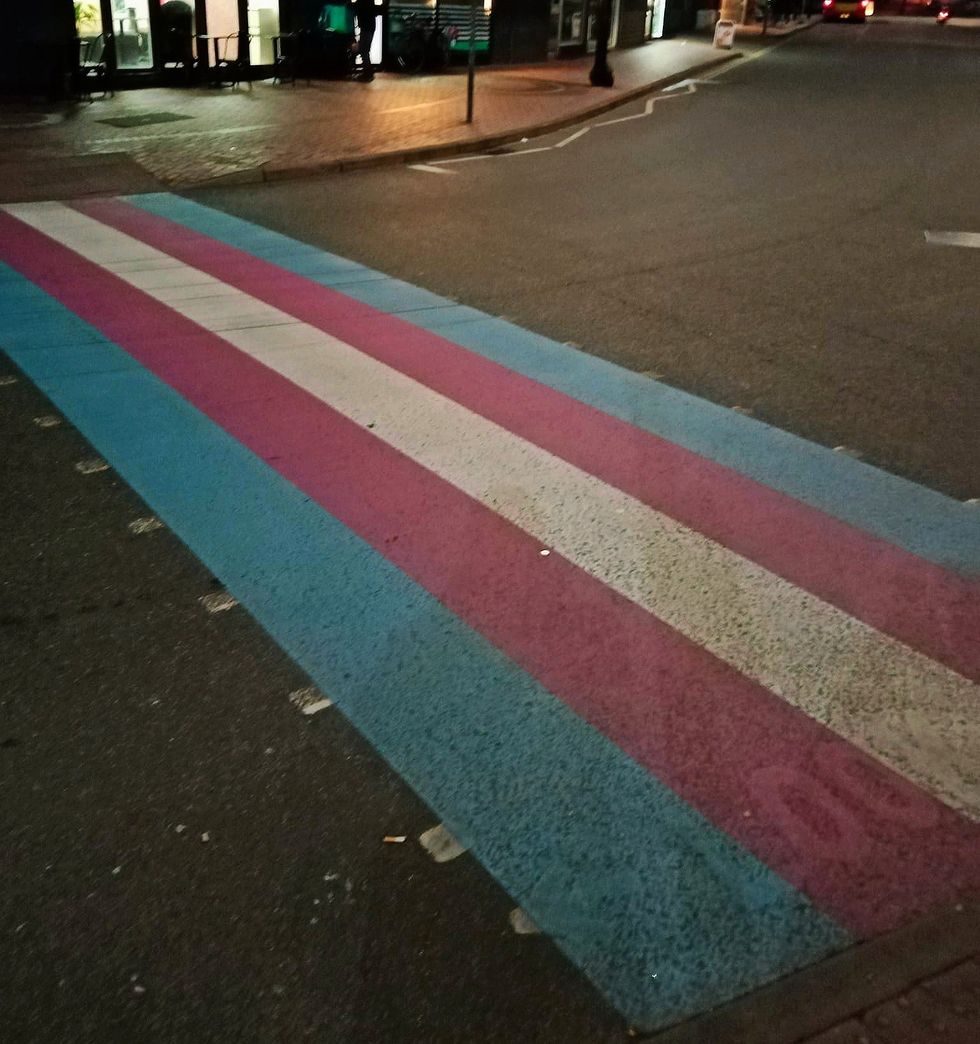
Camden Council has been threatened with legal action over four trans-coloured road crossings
WIKIMEDIA COMMONS
“The crossing is a visual endorsement of a contested ideology,” she said.
“(It has been) installed by a public authority in breach of its legal duties. This is not the role of local government.”
Williams added that public spaces should be free to be “used by everyone”, but instead have been used to “advance agendas that alienate people of faith and those who hold to biological reality”.
Olubanjo’s letter also claims the crossings breach the Public Sector Equality Duty “due to known risks to disabled and neurodivergent individuals”.
Council documents from 2021 indicate there had been a “small number of concerns” raised around disability access of coloured crossings with the Royal National Institute for the Blind (RNIB) stating it could cause confusion.
However, the council states in the documents that officers consider the crossing to be “sufficiently simple to mitigate these concerns”.
The RNIB said on social media that “93 per cent of registered blind and partially sighted people have some level of vision”.
The institute told the BBC that “black-and-white stripe designs on pedestrian crossings offer high contrast” which suits people with low vision.
“Colourful crossings won’t always be recognised as a crossing point, which is a particular issue for guide dogs,” the institute added.



